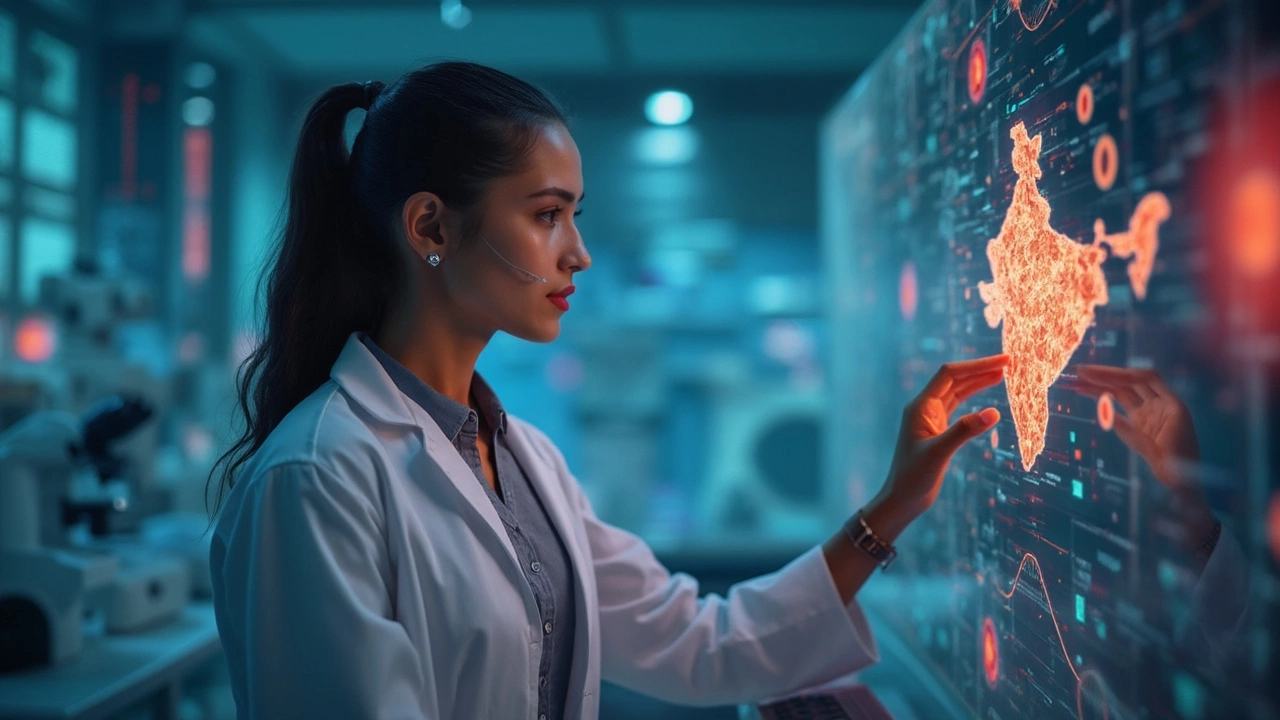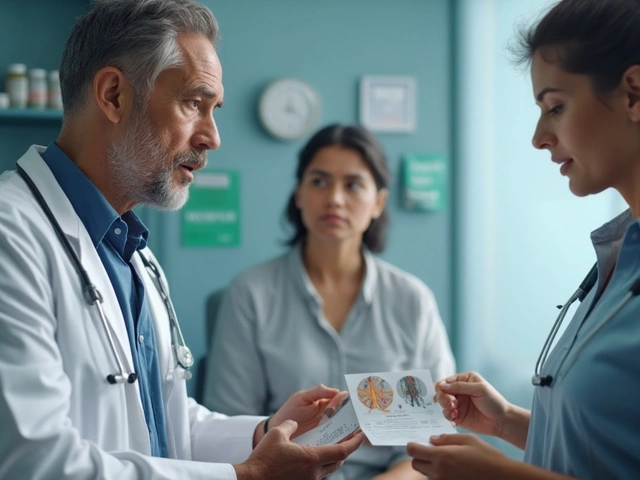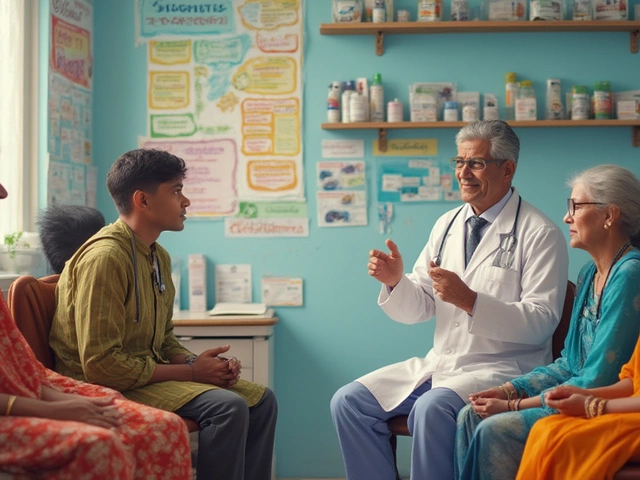Why Cancer Is Hard to Treat – The Real Reasons Behind the Struggle
Ever wonder why doctors still fight a tough battle against cancer? It’s not because they lack effort. The disease itself is a moving target, and the medicines we have today often hit a wall. Let’s break down the main obstacles in plain terms so you can see what makes cancer such a stubborn foe.
1. Tumors Aren’t All the Same
Each tumor is a mix of many different cells. Some grow fast, others hide, and a few are already ready to dodge drugs. This mix is called heterogeneity. Think of a crowd where every person speaks a different language—you can’t use one phrase to reach everyone. Because of this, a single drug often only knocks out a part of the tumor, leaving the rest to keep growing.
2. Cancer Cells Learn to Outsmart Drugs
When a therapy attacks cancer, the strongest cells survive and multiply. Over time they develop resistance, similar to how bacteria become immune to antibiotics. This resistance can happen through genetic mutations, altered pathways, or even by hiding behind protective proteins. The result? The same treatment that once worked becomes useless, and doctors have to switch to a new line of drugs.
Resistance isn’t the only hurdle. Many treatments cause harsh side effects—nausea, fatigue, hair loss—that make patients skip doses or stop therapy altogether. When the body is already weakened, the next round of treatment becomes even riskier.
Another piece of the puzzle is the tumor’s environment. Cancer grows in a sort of ‘neighborhood’ filled with blood vessels, immune cells, and scar tissue. Some of these surroundings block medicines from reaching the tumor, like a wall that stops a messenger from delivering a letter.
Because of these barriers, doctors often have to combine several drugs, radiation, or surgery. While combos can hit more targets, they also raise the chance of side effects and make dosing tricky. Finding the right balance is a lot like solving a puzzle with pieces that keep changing shape.
Precision medicine tries to match treatments to each patient’s specific tumor profile. Genetic testing can spot mutations that respond to certain drugs. This approach has helped many, but it’s not a silver bullet—some cancers lack clear targets, and the tests themselves can be expensive or unavailable.
Finally, cancer’s ability to hide in the body for years adds to the difficulty. Some types stay dormant, then flare up later as a new tumor. Detecting these hidden cells early enough for treatment is still a major research focus.
All these factors—cell diversity, drug resistance, side effects, tough micro‑environments, and hidden disease—stack up to make cancer one of the hardest conditions to treat. Knowing the why helps us appreciate the ongoing work to develop smarter, less toxic therapies.
If you or a loved one are dealing with cancer, remember that doctors consider all these challenges when designing a plan. Ask about genetic testing, support for side‑effects, and clinical trials that might offer newer options. Staying informed is a powerful part of the fight.

What is the Hardest Cancer to Cure? Unpacking the Realities of Cancer Treatment
Some cancers are stubborn, fighting back against every attempt to treat them. This article breaks down which cancer is the hardest to cure and why, using real-world facts and the latest treatment details. Get to know what makes these cancers so aggressive. Learn what scientists and doctors are doing right now to try and beat them. Discover crucial tips to support those dealing with a tough diagnosis.

Strongest Drugs for Nerve Pain: What Really Works?
May, 22 2025



